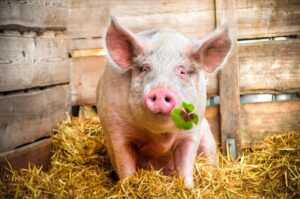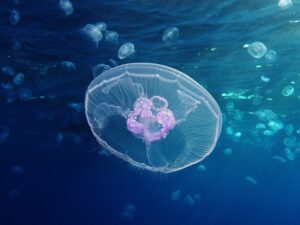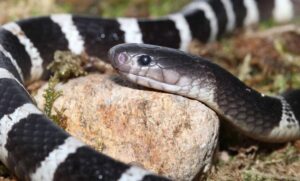Have you ever wondered what the most venomous and dangerous snakes in the world are? To help answer that question, KnowAllAnimals will share the Top 5 Most Venomous Snakes In The World. Let’s explore them together!
1. Top 5 Most Venomous Snakes In The World
Most of the world’s most venomous snakes live in Australia and surrounding areas.
According to the World Health Organization, there are approximately 5.4 million snake bites each year, which result in 81,000–138,000 deaths. Venomous snakes “kill” people with the toxins produced in their salivary glands.
To compare the venom potency of a snake species, scientists often use the LD50 index. The higher the potency, the lower the LD50 value. Based on the LD50 index, Britannica and WorldAtlas have compiled a list of the five most venomous snakes in the world. Most of them are found in Australia and its surrounding regions.
Here is the list of the Top 5 Most Venomous Snakes In The World that you should know about:
1.1. Inland Taipan (Oxyuranus microlepidotus)
- Domain: Eukaryota
- Kingdom: Animalia
- Phylum: Chordata
- Class: Reptilia
- Order: Squamata
- Suborder: Serpentes
- Family: Elapidae
- Genus: Oxyuranus
- Species: O. microlepidotus
The Inland Taipan is typically found in the arid regions of central Australia. Its venom has a high chance of being fatal to humans, with an average lethal dose (LD50) of 0.01 mg/kg.
This snake can change its color with the seasons. In the summer, the snake is a pale shade of green. As winter approaches, it changes to a dark brown. The purpose of this color change is to help it adapt to the harsh climate of its habitat.
Inland Taipans often eat small mammals, with mice being their favorite food. During the peak mouse breeding season, the number of Taipan snakes also increases significantly.
Despite having one of the most potent venoms, this snake is extremely shy and rarely encounters humans.
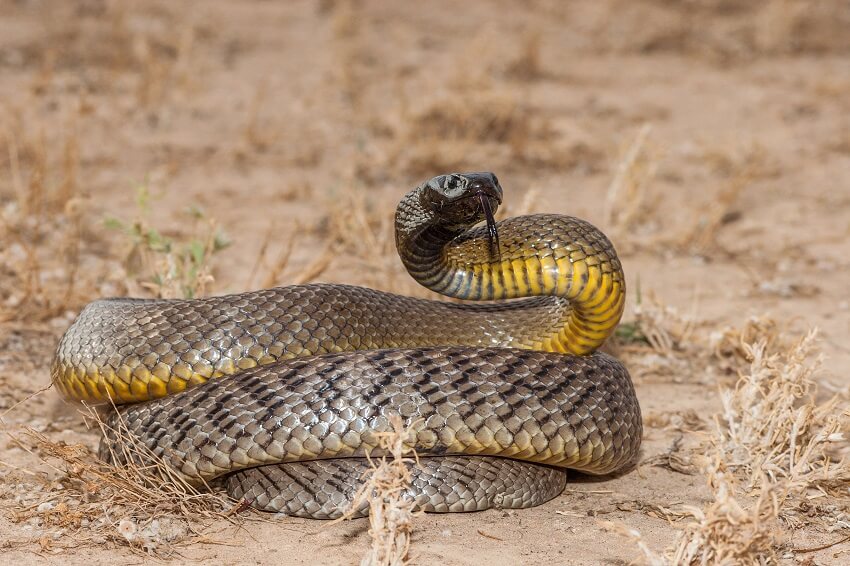
References: https://en.wikipedia.org/wiki/Inland_taipan
1.2. Dubois’ Sea Snake (Aipysurus duboisii)
- Kingdom: Animalia
- Phylum: Chordata
- Subphylum: Vertebrata
- Class: Sauropsida
- Order: Squamata
- Suborder: Serpentes
- Family: Elapidae
- Genus: Aipysurus
- Species: A. duboisii
Dubois’ Sea Snake is most concentrated in the warm tropical waters of the Indian Ocean’s coral reefs. Adults average 80 cm (31 inches) in length and can reach a maximum of 150 cm (59 inches).
Known for its incredibly potent venom, with an LD50 of 0.04 mg/kg, this sea snake is quick to attack any marine creature that shows signs of danger.
Unwary divers are also a target for this snake. Its most active periods are at dusk and dawn.
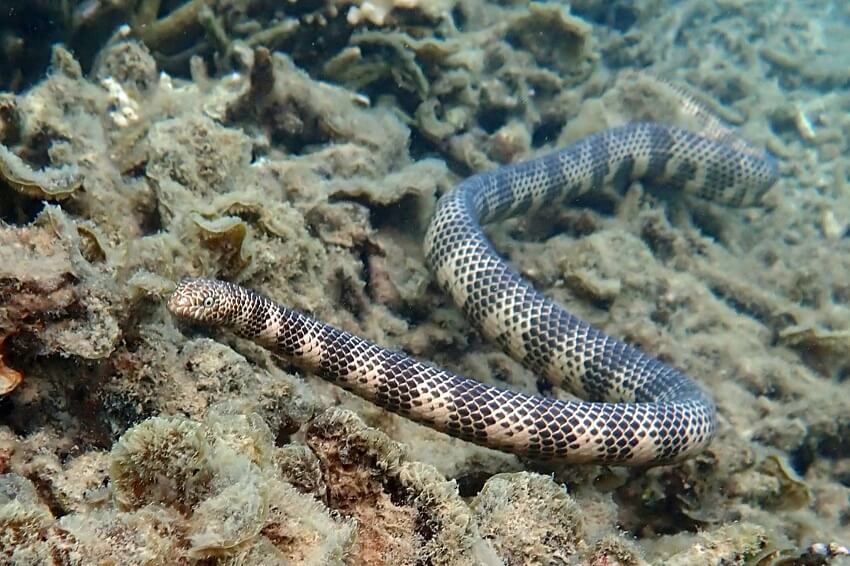
References: https://en.wikipedia.org/wiki/Aipysurus_duboisii
1.3. Eastern Brown Snake (Pseudonaja textilis)
- Kingdom: Animalia
- Phylum: Chordata
- Class: Reptilia
- Order: Squamata
- Suborder: Serpentes
- Family: Elapidae
- Genus: Pseudonaja
- Species: P. textilis
Found in many parts of Australia, the Eastern Brown Snake is feared by many animals due to its aggressive nature and extremely potent venom.
The venom of the Eastern Brown Snake affects blood clotting and can cause cardiac arrest. Its venom’s LD50 index is 0.053 mg/kg.
Among terrestrial snake species, the Eastern Brown Snake is often considered to have the second-most potent venom in the world, surpassed only by the Inland Taipan.
The Eastern Brown Snake typically eats frogs, reptiles, birds, and mice. It also frequently attacks humans, especially when it senses danger. Each year, Australia and Papua New Guinea record numerous cases of snake handlers being injured during encounters with the Eastern Brown Snake.
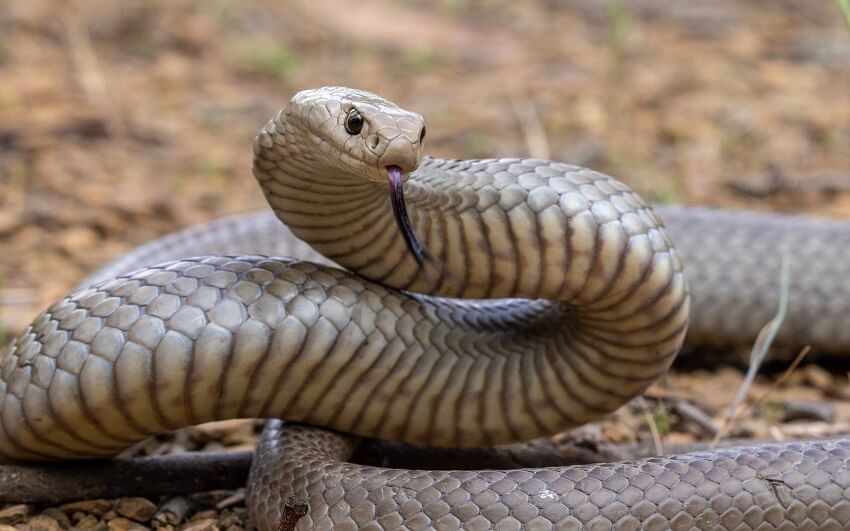
References: https://en.wikipedia.org/wiki/Eastern_brown_snake
1.4. Black Mamba (Dendroaspis polylepis)
- Kingdom: Animalia
- Phylum: Chordata
- Class: Reptilia
- Order: Squamata
- Suborder: Serpentes
- Family: Elapidae
- Subfamily: Elapinae
- Genus: Dendroaspis
- Species: D. polylepis
The Black Mamba, native to many desert regions of Africa, is famous not only for its venom but also for its speed and aggression.
It can move at a speed of 11 km/h (7 mph) over a short distance, ranking it among the fastest-moving snakes in the world.
The Black Mamba has an LD50 of 0.05 mg/kg. It can grow up to 4.5 meters (15 feet) long and has the ability to strike with lethal accuracy.
Although snakes in the Mamba group often live in trees, the Black Mamba typically prefers to live in dens on the ground and only occasionally climbs trees.
The Black Mamba’s favorite food is mice and other small animals.
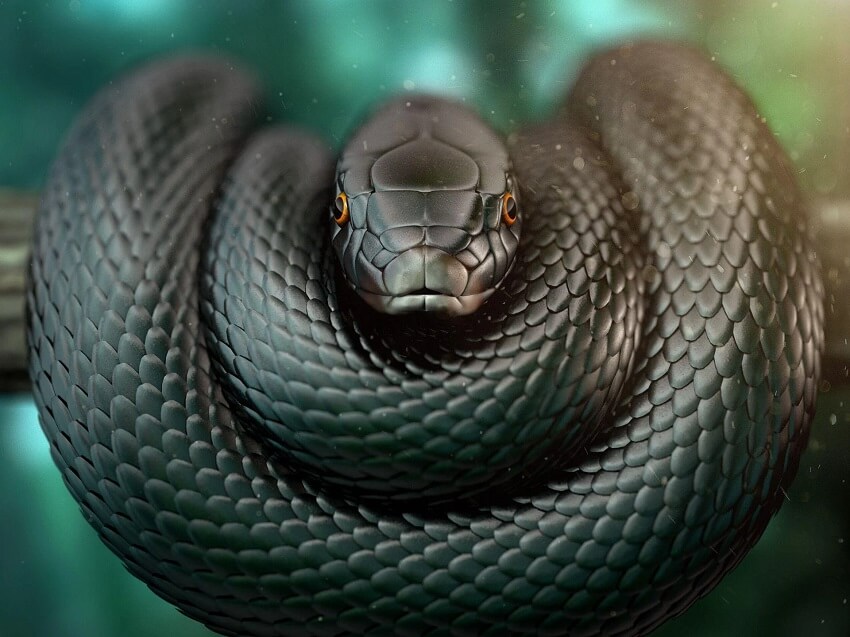
References: https://en.wikipedia.org/wiki/Black_mamba
1.5. Coastal Taipan (Oxyuranus scutellatus)
- Kingdom: Animalia
- Phylum: Chordata
- Class: Reptilia
- Order: Squamata
- Suborder: Serpentes
- Family: Elapidae
- Genus: Oxyuranus
- Species: O. scutellatus
Unlike the Inland Taipan, which prefers to inhabit arid regions, the Coastal Taipan lives in humid forests in temperate and tropical coastal areas, distributed mainly in the eastern and northern parts of Australia or on the island of New Guinea.
This is a large snake, which can reach a length of almost 4 meters (13 feet).
With an LD50 of 0.1 mg/kg, its venom can attack the nervous system and cause death in less than an hour if not treated with antivenom.
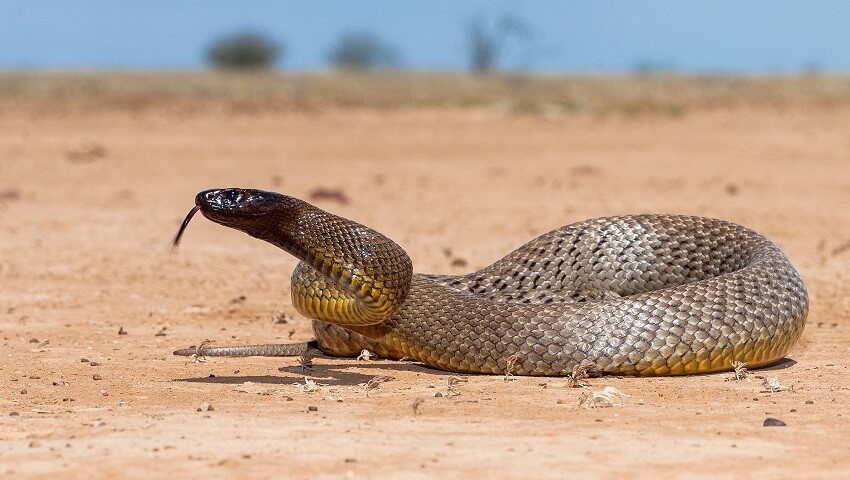
References: https://en.wikipedia.org/wiki/Coastal_taipan
2. Conclude
The five snakes listed above are considered the Top 5 Most Venomous Snakes In The World, as researched and published by experts. Their venom is extremely dangerous to other animals and to humans. Therefore, if you don’t have experience with snakes, it’s best to stay away from them or any other snake to ensure your safety.

